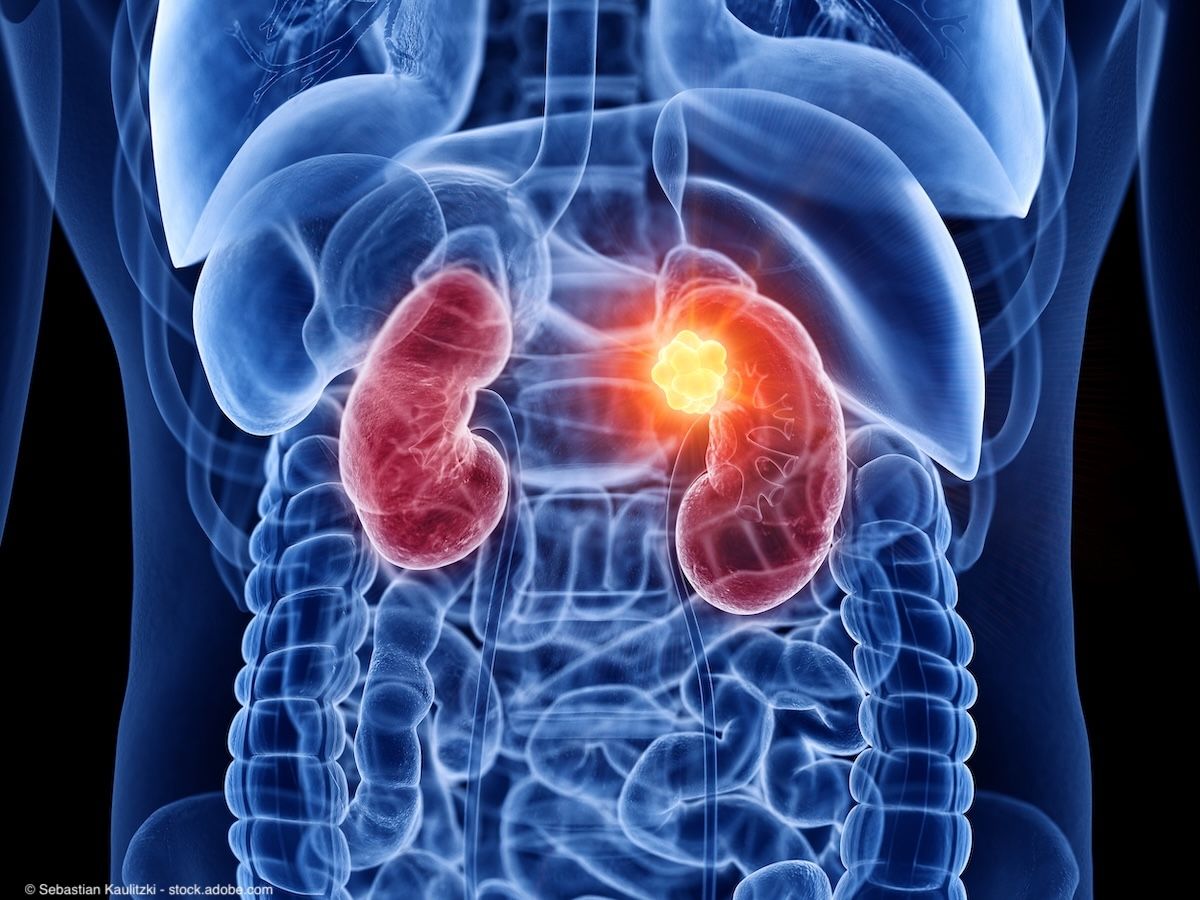Article
Urologic cancer patients have 5-fold increase in suicide risk
Author(s):
“The findings should serve as a call to action for urologic specialists who care for patients with cancer,” says Alexander Kutikov, MD.
Patients with urologic malignancies-including kidney cancer-are five times more likely to commit suicide than the general population, according to results of a large, national UK cohort study.
The suicide rate for patients with kidney, bladder, and prostate cancer was also higher than in patients with non-urologic cancers, said researcher Antonio Bardoli, MBChB, of the University of Birmingham, United Kingdom.
“Although other cancers may have a worse prognosis, it’s not necessarily reflected in suicide incidence rates,” Dr. Bardoli said in a presentation at the European Association of Urology annual congress in Copenhagen, Denmark.
Patients with urologic cancers appeared more intent on committing suicide, as shown by fewer unsuccessful attempts versus the general population, Dr. Bardoli also noted.
Also see - RCC: Fat linked with increased death risk
These data are “startling, important, and clinically actionable,” said Alexander Kutikov, MD, of Fox Chase Cancer Center, Philadelphia.
“The findings should serve as a call to action for urologic specialists who care for patients with cancer,” Dr. Kutikov told Urology Times.
In particular, urologic specialists should work more closely with mental health colleagues in order to develop care pathways through which mental health risks can be readily assessed and mitigated, said Dr. Kutikov, who was not involved with the study.
The retrospective analysis by Dr. Bardoli and colleagues included data for 980,761 UK patients diagnosed with cancer between 2001 and 2011. They identified a total of 162 suicides and 1,222 suicide attempts in that group.
Urologic cancer patients in the study had a suicide incidence of 49 per 100,000 individuals, compared with 30 per 100,000 for non-urologic cancers, and a reference rate of 10 per 100,000 in the general UK population.
Among the three urologic cancers, suicide rates were numerically lowest for kidney cancer, at 36 per 100,000, study results show, while rates for bladder and prostate cancer were 48 and 52 per 100,000, respectively.
Next: Dr. Badani discusses findings
The high suicide risk in prostate cancer patients may be explained by the fact that many otherwise healthy men are diagnosed with this disease, according to Ketan K. Badani, MD, of the Comprehensive Kidney Cancer Center, Icahn School of Medicine at Mount Sinai, New York.
“The cancer control rates are generally high, but there are significant lifestyle changes after treatment including changes in urinary function, and importantly, sexual function, that many men are not well prepared to handle,” Dr. Badani told Urology Times.
Similarly, bladder cancer also results in a lifelong change in urinary function and can be difficult for many patents to fully understand until after surgery, added Dr. Badani, who was not involved with the study.
This is the largest UK study to date looking at suicide in cancer patients, and the first major study to examine suicidal intent in cancer patients, according to Dr. Bardoli and co-investigators.
Patients with urologic malignancies were more intent on suicide compared to the general population, they said. The ratio of successful to attempted suicides was 1:7 for kidney cancer patients, 1:10 for both bladder and prostate cancer patients, and 1:25 for the general population, according to the authors.
Read: Robotic radical nephrectomy sees steady increase in use
Kidney cancer patients had the shortest time to successful suicide in the study, at a median of 175 days, compared with 846 days for prostate and 1,037 days for bladder cancer.
“The explanation we’ve come to is the grave prognosis of kidney cancer compared to the other cancers,” Dr. Bardoli said. “There is a significant decline in biological function quite early in this disease.”
The long median time to suicide among prostate and bladder cancer patients may suggest a need for extended follow-up, Geoff Hackett, MD, of Good Hope Hospital, Birmingham, UK, said in a comment on the study results at the EAU annual congress.
“The worry here is these patients will be discharged from urologic follow-up after a period of time,” Dr. Hackett said at the meeting. “The urologist is probably patting himself on back, thinking he's done a good job, and then the patient commits later suicide.”
Previous studies have shown that one in 10 patients develop significant psychopathology within 1 year of diagnosis of cancer, according to Dr. Bardoli.
“We need to start providing better psychiatric intervention earlier,” he said. “I think it’s paramount that we change the way services (work) and screen people in earlier stage and identify them.”
More from Urology Times:
How kidney Ca management strategies compare
CT texture analysis may aid risk stratification of renal masses
Active surveillance: A potential role in metastatic RCC?
To get weekly news from the leading news source for urologists, subscribe to the Urology Times eNews.
Newsletter
Stay current with the latest urology news and practice-changing insights — sign up now for the essential updates every urologist needs.
















